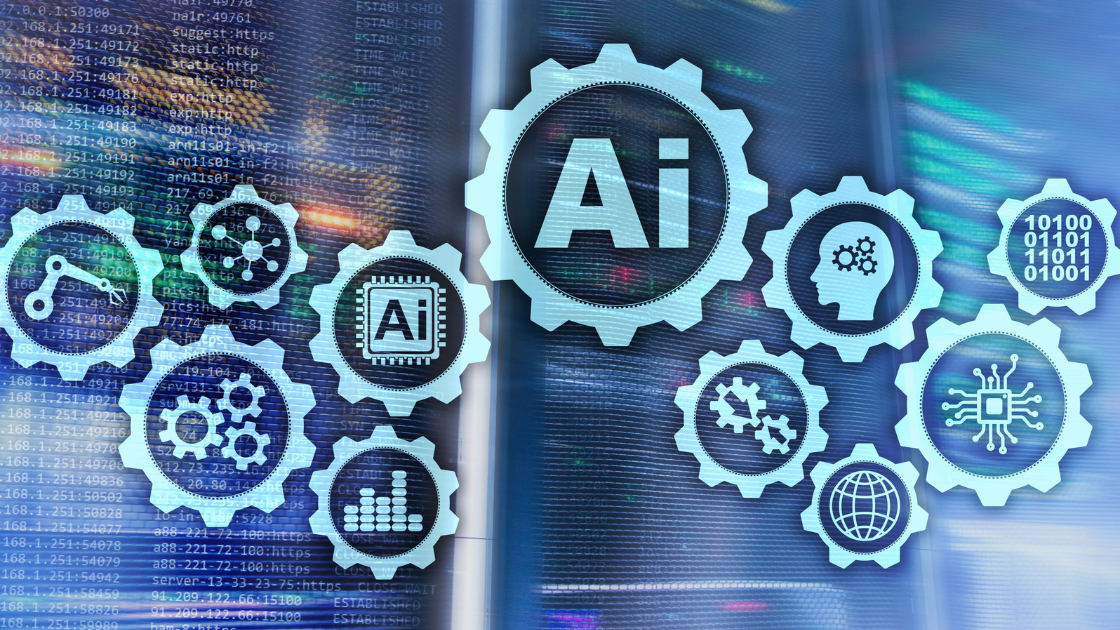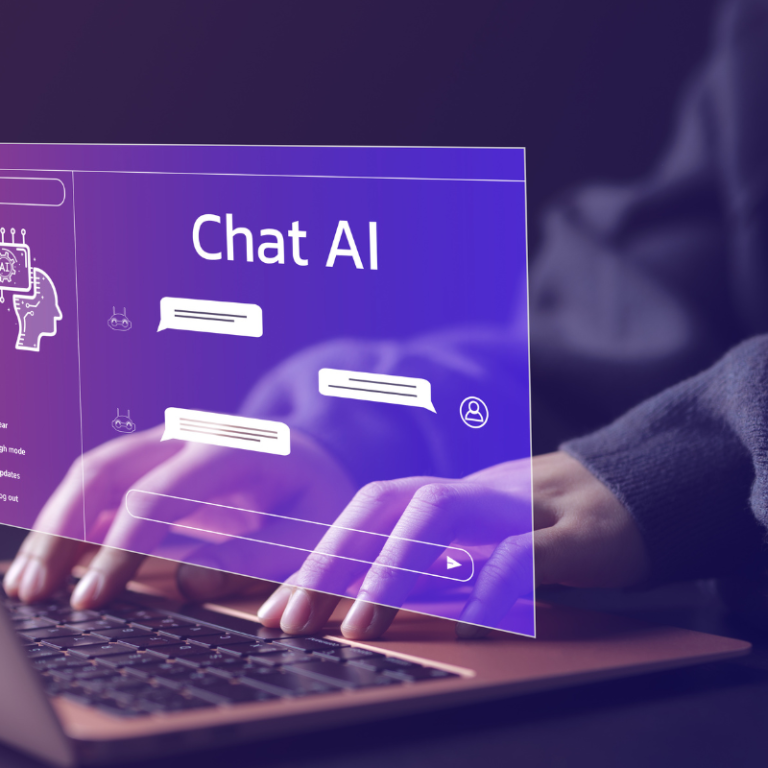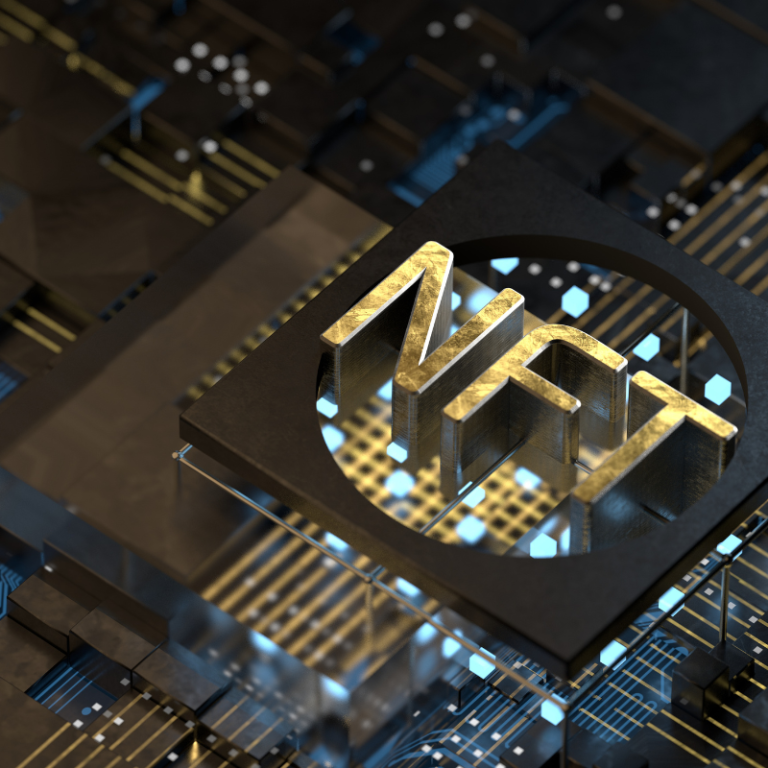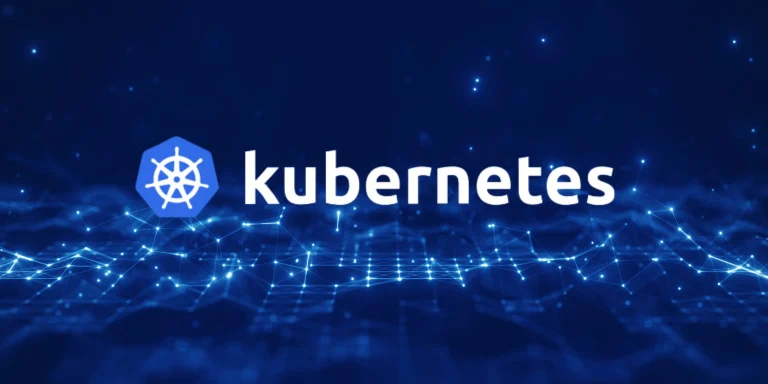Generative AI seems like a new age technology, but it’s not. A branch of AI, focused on creating new content- images, text, music, video and synthetic data. Unlike the conventional AI, it is designed to analyze various data forms, and produce completely new data. It tends to capture the exclusive domain of humans, which is the capability to think and make the right decision.
This technology has innovated beyond our expectations, with its reach from healthcare to advance neural networks. Meanwhile, tools of natural language processing like GPT are making revolutions in how mankind is going to interact with machines, for more seamless communication across digital platforms.
In this blog, we will examine this technology’s journey which is rooted in a history of innovation. And we’ll dive into the core to find out it’s true nature.
Early Days of Innovation
It all started in 1932, when Georges Artsrouni invented the “mechanical brain,” a machine capable of translating between languages using punch cards. This primitive invention was the first stepping stone towards generative AI’s future potential.
Years later, in 1966, Joseph Weizenbaum came up with a chatbot that would emulate human conversation— “ELIZA”. Today, its simplicity helped drive the early growth of natural language processing (NLP), a key part of modern AI.
About the same time, Noam Chomsky was working on syntactic structures in 1957 and set a theoretical foundation on how machines could parse and generate natural language, central to language models used today.
Until 1980, further development was made in the form of Michael Toy and Glenn Wichman’s game Rogue. Using procedural content generation, it became able to dynamically create new levels at runtime. Hence, the first exposure to the true potential of AI-based interactive digital experience.
And in 1985, Judea Pearl introduced Bayesian networks bringing AI closer to decision-making processes, by letting machines handle uncertainty and simulate reasoning.
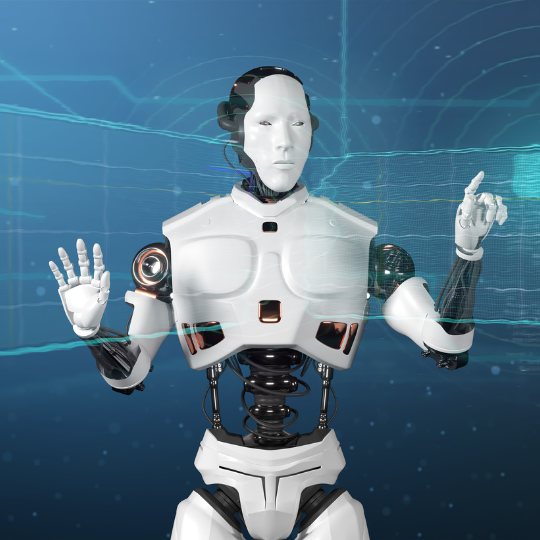
Recent Years Development
Neural networks took AI one step further in the late 20th century. It was in 1986 that Michael Irwin Jordan proposed recurrent neural networks, which would provide the computers with the capability to process sequences like speech and text. That was a huge breakthrough, with much larger effect than the track record suggests. Setting the stage for everything that followed.
Now jump forward to 2013, when Google introduced word2vec, which certainly made AI even smarter by teaching machines, to learn how words relate to one another. Then, it was in 2017 that Google introduced another breakthrough in the form of a transformer model. And, during such a time, the understanding of languages completely transformed. Thus, it opened ways for more advanced models of AI.
By 2018, Google had launched BERT, which now made it possible for the machine to grasp what words mean in full context.
Finally, in 2020, Open AI went out with its third version, GPT-3, displaying 175 billion parameters. Considerably opening the capabilities in machine writing into stories, answering questions, and conducting conversations. Making AI infused in our ways of thinking and communication.
Industries Transformed by Generative AI Innovation
It has made a big impact in the field, be it any for designing, learning, or work. An all-kind and important part of everything, from businesses to creative arts, alike.
Applications in Creative Arts
Generative AI is transforming how artists work. It helps with songwriting, scriptwriting, and editing. In video production, AI adds amazing effects, animations, and dynamic storytelling. It also helps brainstorm ideas and improve workflows. This makes the creative process faster and more exciting. The picture is changing how we create and relate to art.
Gaming Industry
Gaming industry is changing by creating detailed characters and worlds. These characters can interact with players in real-time, and the game world changes based on player decisions. This gives developers more ways to make games engaging and personalized. AI is leading to the next level of creativity in gaming.
Business and Marketing
Decision making tasks are easier and faster for businesses. It helps marketers analyze trends, create content, and design products. AI can quickly generate posts, captions, images, and videos. AI chatbots also improve customer service, giving personalized help while cutting costs. Allowing businesses to handle many tasks more efficiently.
Research and Development
Generative AI helps researchers analyze large amounts of data. In medicine, it speeds up drug discovery by simulating results before experiments. In aerospace, it helps design new aircraft. AI’s ability to predict outcomes helps researchers explore new ideas and make breakthroughs faster.
Education
Learning is more interactive and personalized with the help of AI. Creating learning materials, simplifying hard problems, and adjusting to learner’s needs. Overall, an exceptional experience for students as well as tutors.
Ethical and Legal Considerations
Though generative AI brings many opportunities, it also raises very serious ethical considerations. One of the biggest problems is copyright. If AI generates art, a piece of text, or music, who owns it? A lot of people are scared that AI tools make use of other people’s work without permission.
The other giant challenge is misinformation. Artificial intelligence is in a position to create misleading news or other deceiving content that may look and sound real. To this respect, this can make it much more difficult for one to assess what is right and what is wrong. With AI capable of generating realistic images, videos, and text, the danger of misinformation spreading faster than ever will be a fact, and it will become hard to control.
Beyond copyright and misinformation, there’s also concern about how AI will impact jobs. As AI becomes so advanced to be able to replace tasks done by humans, questions arise regarding work and the future of employment.
The increasing debate on the detection of AI-generated content is widely seen in the fields of media, education, and entertainment. Clearly, what is being called for here are rules and guidelines that shall prevent its misuse. Now, as it evolves further, innovative and ethical duty should go side by side in making sure this powerful tool works fairly and with transparency.
A Bright Future Ahead
Not innovating, generative AI is going to have far-reaching ramifications for business. Construction house models have been expensive and limited to tech giants like OpenAI, DeepMind, and Meta. Simultaneously tools like ChatGPT, and Midjourney have seen their adoption blow up. These tools are not only changing how we work, but also how interest in training courses for developers and business users has grown.
In the future, it will blend into our daily tools. From enhancing grammar checkers to the infusion of smarter recommendations in design and training tools. It will refine workflows and make them more efficient and will assume a more significant role in industries from translation to drug discovery. Going all the way to creative industries like fashion and music.
Society will have to reassess the value placed on human expertise, with the continued march of AI into the automatization of tasks. This future gleams, of course, with great promise. It will require, however, thoughtful adaptations on how to use such technologies both responsibly and effectively.

